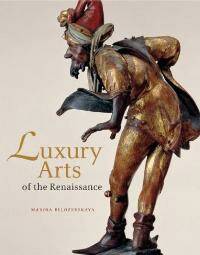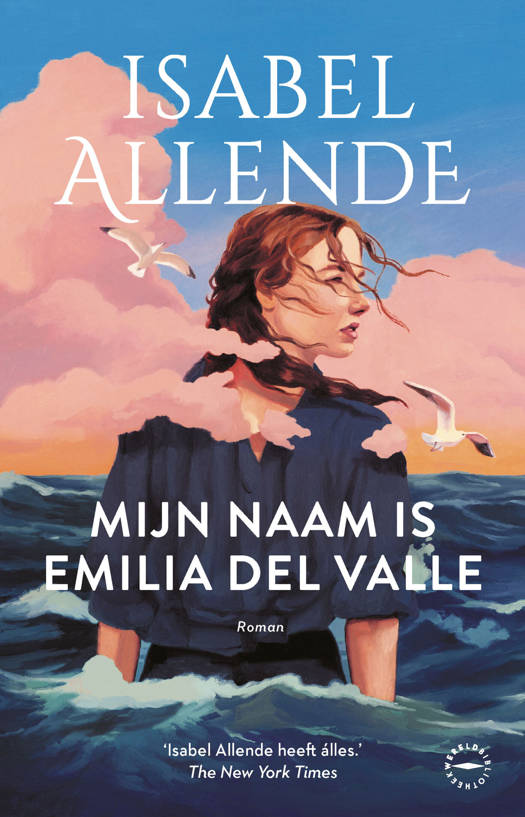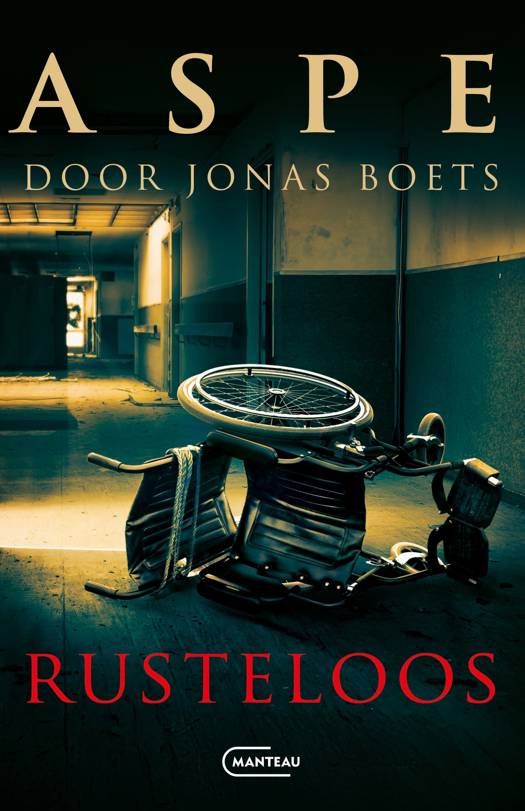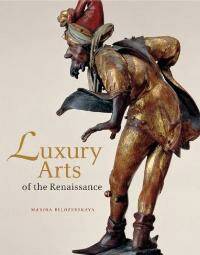
- Afhalen na 1 uur in een winkel met voorraad
- Gratis thuislevering in België vanaf € 30
- Ruim aanbod met 7 miljoen producten
- Afhalen na 1 uur in een winkel met voorraad
- Gratis thuislevering in België vanaf € 30
- Ruim aanbod met 7 miljoen producten
Zoeken
Omschrijving
Today we associate Renaissance arts with painting, sculpture, and architecture. Yet gem-studded goldwork and richly embellished armor; splendid tapestries, embroideries, and textiles; ephemeral multimedia spectacles; and other opulent creations were consistently more celebrated by contemporaries. Thus, Isabella d'Este, Marchesa of Mantua, bequeathed to her children vases of semiprecious stones mounted in gold, engraved gems, ivories, antique bronzes, and marbles. Her favorite ladies-in-waiting, by contrast, received mere paintings! This distribution underscores Renaissance aesthetic preferences and cultural values: finely-wrought luxury artifacts were extolled for their exquisite craftsmanship and the symbolic capital of their components, while paintings and sculptures in modest materials were considered of lesser consequence.
Luxury Arts of the Renaissance endeavors to return to the mainstream materials long overlooked due to historical and ideological biases. The author traces luxury arts from their status as markers of ascendancy and discernment in the Renaissance to their subsequent marginalization as extravagant trinkets unworthy of the status of art. By re-examining the objects themselves and their uses in their day, Belozerskaya demonstrates how sumptuous creations constructed both the world and taste of Renaissance elites. Without these art forms the study of Renaissance arts is impoverished and history misrepresented.
Luxury Arts of the Renaissance endeavors to return to the mainstream materials long overlooked due to historical and ideological biases. The author traces luxury arts from their status as markers of ascendancy and discernment in the Renaissance to their subsequent marginalization as extravagant trinkets unworthy of the status of art. By re-examining the objects themselves and their uses in their day, Belozerskaya demonstrates how sumptuous creations constructed both the world and taste of Renaissance elites. Without these art forms the study of Renaissance arts is impoverished and history misrepresented.
Specificaties
Betrokkenen
- Auteur(s):
- Uitgeverij:
Inhoud
- Aantal bladzijden:
- 288
- Taal:
- Engels
Eigenschappen
- Productcode (EAN):
- 9780892367856
- Verschijningsdatum:
- 1/10/2005
- Uitvoering:
- Hardcover
- Formaat:
- Genaaid
- Afmetingen:
- 229 mm x 279 mm
- Gewicht:
- 1787 g

Alleen bij Standaard Boekhandel
+ 101 punten op je klantenkaart van Standaard Boekhandel
Beoordelingen
We publiceren alleen reviews die voldoen aan de voorwaarden voor reviews. Bekijk onze voorwaarden voor reviews.











